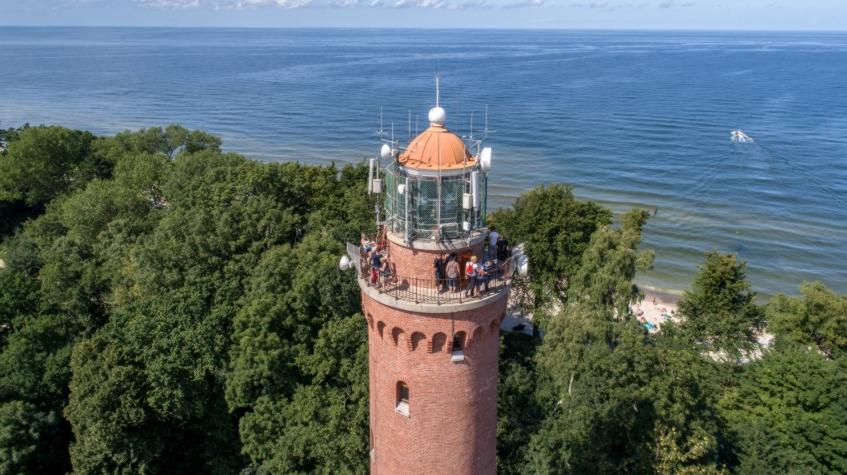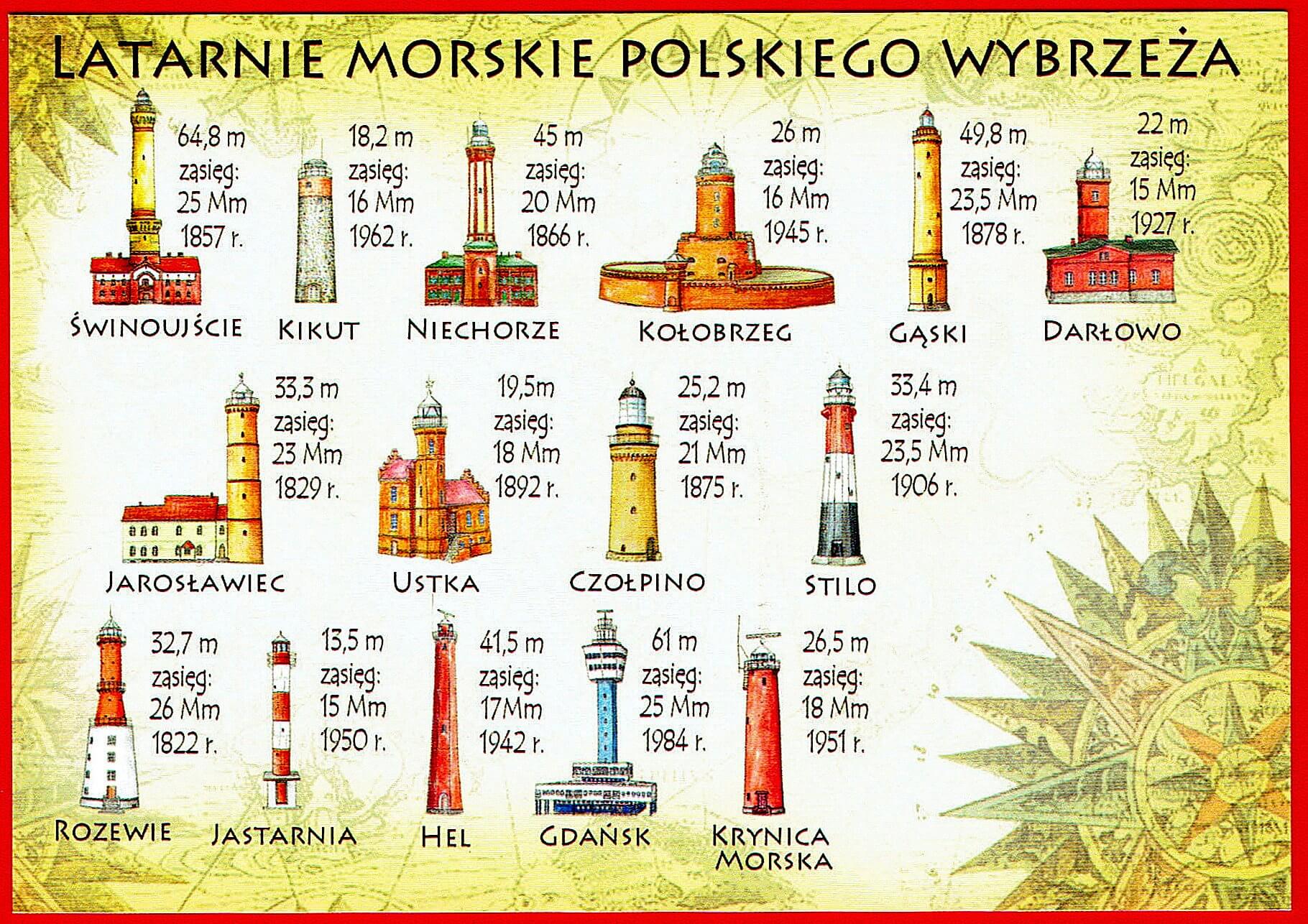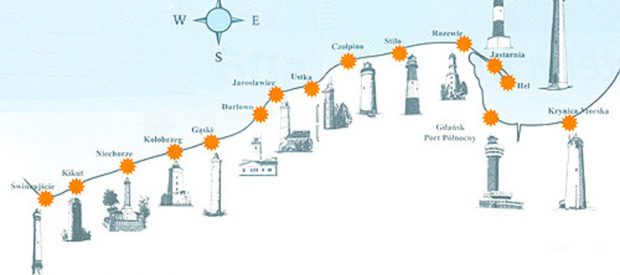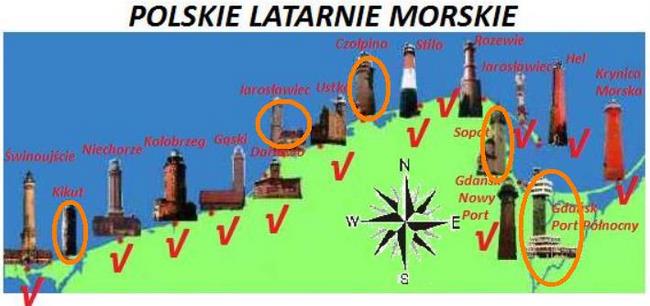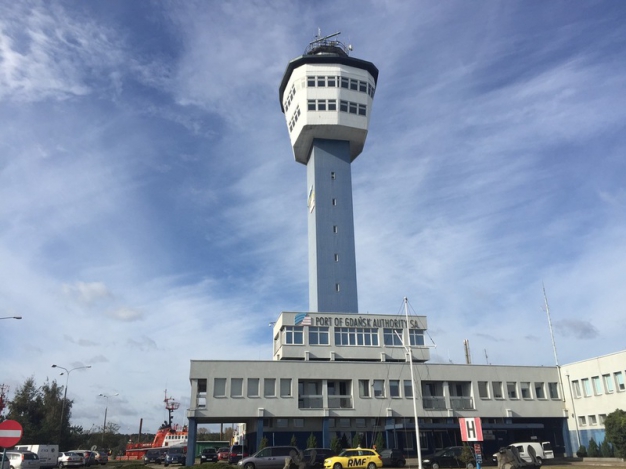Post by gigi on Oct 1, 2008 16:30:52 GMT 1
I don't know what it is about lighthouses, but I find them fascinating. They are so interesting to look at and, if possible, explore. 

Czołpino
Lighthouses of Poland's Baltic Coast, Swinoujscie and the Odra
Since the end of World War II in 1945, the coast of Poland has stretched from Swinoujscie in the west to the Gulf of Gdansk in the east. Poland has at least 26 lighthouses on its Baltic coast and also many lighthouses on the inland waterway that extends from Swinoujscie to Szczecin.
All of the Polish coastline was under German control from the 18th century through the end of World War I in 1918. Poland became independent of Germany and Russia as a result of World War I, but between the two world wars its coastline was only a narrow "corridor" at Gdynia. As a result, all of the pre-1945 lighthouses except the three Gdynia lights are of German construction. At least four lighthouses were destroyed during World War II, and many of the others suffered severe damage.
Szczecin (known as Stettin under German rule) is more than 50 km (30 mi) from the sea, located on the Odra (Oder) River. The Odra empties into Szczecin Bay (Zalew Szczecinski in Polish or Stettiner Haff in German), a large lagoon that in turn empties into the Baltic through three channels. The western end of the bay and the westernmost of the three channels lie in Germany. Large ships enter the waterway through the central channel, the Swina, at Swinoujscie (Swinemünde).

Swinoujscie
Today, Szczecin is Poland's largest port, but until World War II it was Germany's third largest port. The surrounding region, West Pomerania, became part of Prussia in 1720 and thus part of the German Empire when it was formed in 1871. As a result, nearly all the lighthouses in the region were built under German administration.
Since Poland escaped the Soviet orbit in 1991, the country has made great progress in lighthouse preservation. The historic lighthouses have been restored where needed, and they seem to be in good shape. Many of them are open to the public, although the schedules may be irregular in some cases.
Active Polish lighthouses are operated by the regional Maritime Office (Urzad Morski). There are three of these offices, in Szczecin, Slupsk, and Gdynia.
In Polish, a lighthouse is a "sea lantern," latarnia morska, plural latarnie morskie.

Jarosławiec

Czlolpino

Kołobrzeg

Rozewie

Niechorze

Stilo

Sopot
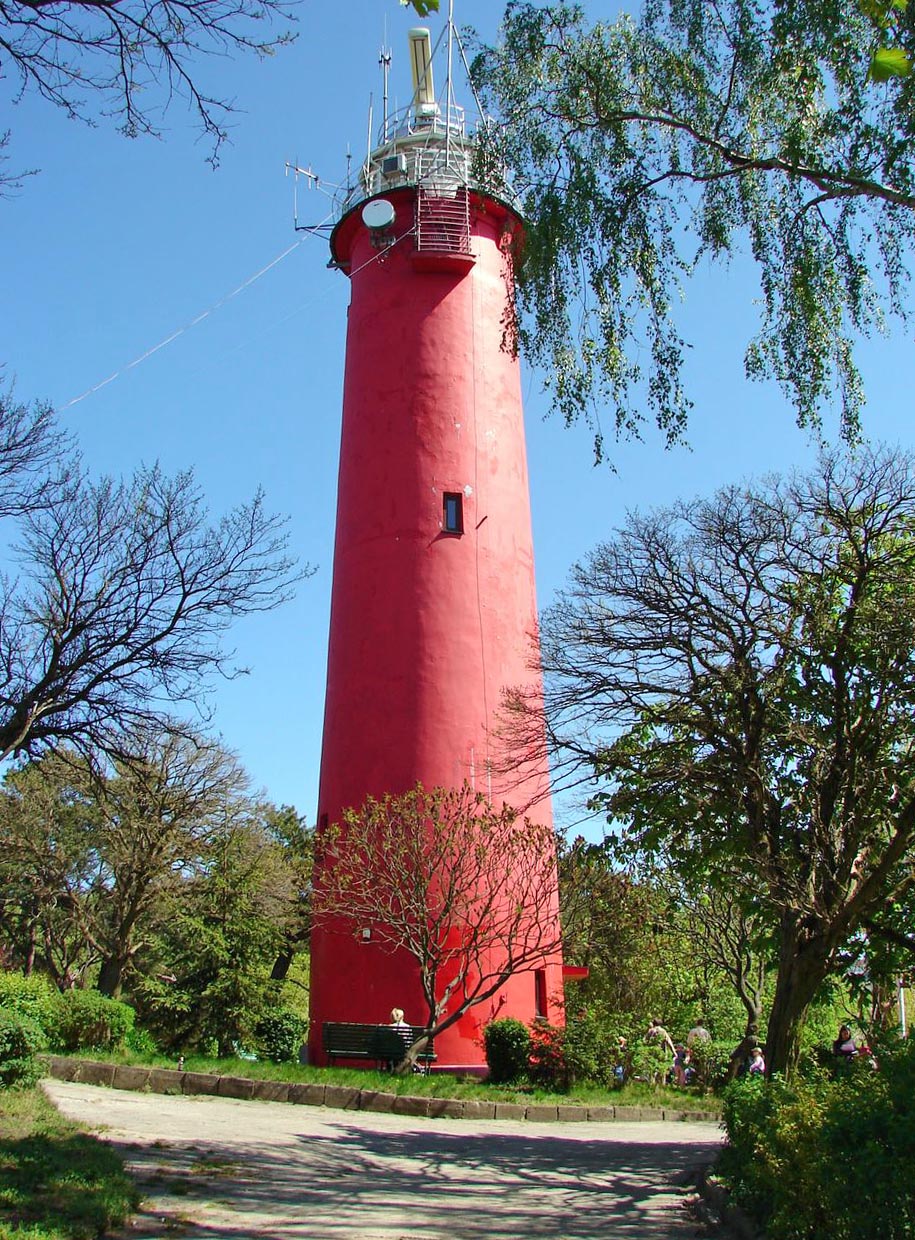
Krynica Morska


Czołpino
Lighthouses of Poland's Baltic Coast, Swinoujscie and the Odra
Since the end of World War II in 1945, the coast of Poland has stretched from Swinoujscie in the west to the Gulf of Gdansk in the east. Poland has at least 26 lighthouses on its Baltic coast and also many lighthouses on the inland waterway that extends from Swinoujscie to Szczecin.
All of the Polish coastline was under German control from the 18th century through the end of World War I in 1918. Poland became independent of Germany and Russia as a result of World War I, but between the two world wars its coastline was only a narrow "corridor" at Gdynia. As a result, all of the pre-1945 lighthouses except the three Gdynia lights are of German construction. At least four lighthouses were destroyed during World War II, and many of the others suffered severe damage.
Szczecin (known as Stettin under German rule) is more than 50 km (30 mi) from the sea, located on the Odra (Oder) River. The Odra empties into Szczecin Bay (Zalew Szczecinski in Polish or Stettiner Haff in German), a large lagoon that in turn empties into the Baltic through three channels. The western end of the bay and the westernmost of the three channels lie in Germany. Large ships enter the waterway through the central channel, the Swina, at Swinoujscie (Swinemünde).

Swinoujscie
Today, Szczecin is Poland's largest port, but until World War II it was Germany's third largest port. The surrounding region, West Pomerania, became part of Prussia in 1720 and thus part of the German Empire when it was formed in 1871. As a result, nearly all the lighthouses in the region were built under German administration.
Since Poland escaped the Soviet orbit in 1991, the country has made great progress in lighthouse preservation. The historic lighthouses have been restored where needed, and they seem to be in good shape. Many of them are open to the public, although the schedules may be irregular in some cases.
Active Polish lighthouses are operated by the regional Maritime Office (Urzad Morski). There are three of these offices, in Szczecin, Slupsk, and Gdynia.
In Polish, a lighthouse is a "sea lantern," latarnia morska, plural latarnie morskie.

Jarosławiec

Czlolpino

Kołobrzeg


Niechorze

Stilo

Sopot

Krynica Morska









